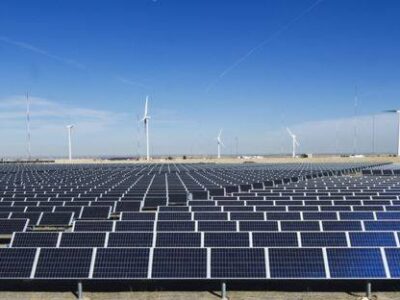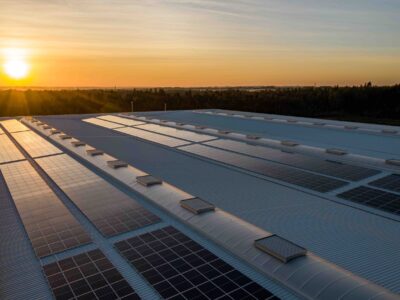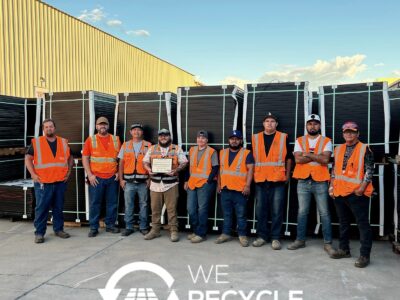Rooftop solar panels can help you save a lot of money but require an initial investment. While these systems are cheaper than in the past — about $20,000 as opposed to $80,000 20 years ago — cost can still be a barrier for many households. However, having solar panels is worth it. They can save you money on lower utility bills and add to your home’s appraisal value.
According to 2015 research by the Department of Energy’s Lawrence Berkeley National Laboratory, home buyers would pay $15,000 more for a residence with a standard 3.6-kilowatt system. The environmental benefits speak for themselves; these solar panels generate clean power without issuing carbon emissions, using much water, or disrupting natural environments. Several companies are helping expand access to and lower rooftop solar costs.
One company that helps individuals and families is Midday Tech. It explains its name and mission, “for us, ‘midday’ captures that we’re at this transition moment in history. We must shift away from what worked in the past and into a new energy future.”
Monthly payments from the company’s subscribers help fund grants for homeowners to install rooftop solar systems, essentially discounting their costs.
With three tiers of membership, subscribers have options:
- Monthly, the Solar Party costs $15 and offsets 0.4 tons of carbon (the emissions of the average person globally).
- The Solar Squad costs $60 and offsets 1.6 tons (the emissions of the average American).
- The Solar Buddy costs $150 and offsets 4 tons (the emissions of the average American household).
Plus, subscribers receive regular updates about the solar projects they have supported. They can also view this progress through satellite images.
Midday Tech targets states like Missouri, where rooftop solar is more expensive to install and the payback period is more than 20 years. By focusing on such geographic areas, the installations can also have a greater impact. Missouri is home to the country’s second-highest emitting power plant, and in 2020, coal power provided 70% of the state’s electricity. A rooftop solar system has four to seven times more impact than an equivalent system in another state.
The pilot program in St. Louis, MO, is focused on families that wanted to add solar power to their residences but would not have pursued it without the company’s help. By prioritizing such consumers, those with lower incomes or living in neighborhoods with fewer such systems are already up and running. As founder Sophia Westwood recounted, “we went to our installer partner, and we asked, ‘Hey, who has actually decided not to go solar? And let’s go back to them and say, if we could make this a few thousand dollars cheaper, would that change your mind?’”
One of the two families involved in the pilot received a $5,000 grant that reduced their payback period by six years. The company expects to expand to other states, where it will “narrow in on places that are not necessarily friendly towards solar, and where it’s a very carbon intensive grid,” according to Westwood.
Another way to cut the costs of installing a solar system is by joining a local co-op. Solar United Neighbors organizes households to invest in solar as a group. The 30 to 100 members have combined bulk-purchasing power that enables them to obtain discounted pricing from installers, who also benefit from spending less money on finding solar customers.
In the words of the nonprofit, “imagine walking into a solar company’s office with 50 or 100 of your neighbors and saying, ‘We all want to get solar. What kind of deal can you give us?’”
Solar United Neighbors operates across numerous states, with open co-ops currently in Arizona, Colorado, Florida, Maryland, Minnesota, Ohio, Texas, Virginia, and West Virginia.
Solar United Neighbors also provides expertise at every step of the process, providing members with information about all available options. Participant Karen S. reflected on the benefits of joining the East Valley Solar Co-op in Tempe, AZ. “By joining a co-op, you get the benefits of their expertise in how the process operates, in vetting potential solar installers, and in being the liaison between the homeowner and the contractor,” she said.
The benefits of obtaining solar through a co-op extend beyond saving money, with the environment as the biggest winner. Geoff Sharp of Sharper Impressions Painting recounts his experience joining the Delaware County Solar Co-op in 2016. “In just a few months, we have captured 2.65MWh of energy in solar, saved 103 trees, reduced carbon emissions by 4,000 lbs, and powered over 8,000 light bulbs,” he said.





